Unlocking the Secrets to Thriving Tomato Plants
Growing tomato plants can transform an ordinary garden into a vibrant oasis of red, juicy fruits. Whether you're a novice gardener or a seasoned horticulturist, mastering the art of tomato cultivation requires understanding the fundamental needs of these popular nightshades. With proper care, your tomato plants will not only survive but flourish, providing a bountiful harvest that surpasses store-bought varieties in both flavor and freshness.
Selecting the Perfect Tomato Varieties
Before diving into care techniques, choosing the right tomato varieties for your specific growing conditions is paramount. The diversity of tomato cultivars available today offers options for every climate, space limitation, and culinary preference.
Understanding Determinate vs. Indeterminate Types
Tomato plants fall into two primary growth habits: determinate and indeterminate. Determinate varieties, often called "bush" tomatoes, grow to a predetermined height, typically 3-4 feet, before flowering and producing all their fruit within a concentrated period. These compact plants are ideal for container gardening or limited spaces.
Conversely, indeterminate tomatoes continue growing, flowering, and fruiting until killed by frost. These vining plants can reach heights of 6-10 feet and require robust support systems. They offer extended harvests throughout the growing season, making them perfect for gardeners seeking continuous yield.
Regional Considerations for Variety Selection
Your geographic location significantly influences which tomato varieties will thrive in your garden. Northern gardeners with shorter growing seasons should select early-maturing varieties like 'Early Girl' or 'Stupice,' which can produce fruit within 60 days of transplanting. Those in southern regions might opt for heat-tolerant cultivars such as 'Arkansas Traveler' or 'Solar Fire,' which continue producing despite sweltering temperatures.
Disease resistance is another crucial factor to consider. Look for variety descriptions that include letters indicating resistance to common tomato afflictions: "V" for Verticillium wilt, "F" for Fusarium wilt, "N" for nematodes, and "T" for Tobacco Mosaic Virus.
Creating the Optimal Growing Environment
Tomato plants are remarkably adaptable, but providing ideal growing conditions will dramatically improve your harvest outcomes. From sunlight requirements to soil composition, each environmental factor plays a vital role in tomato development.
Soil Preparation and Amendment
Tomatoes flourish in well-draining, slightly acidic soil with a pH between 6.0 and 6.8. Before planting, incorporate copious amounts of organic matter—such as compost, aged manure, or leaf mold—to enhance soil structure and fertility. This amendment improves both drainage and moisture retention while providing a slow-release nutrient reservoir.
For container gardening or raised beds, consider a premium potting mix specifically formulated for vegetables. These mixes typically contain perlite or vermiculite for aeration and water retention, along with balanced nutrients to support initial growth.
The Raised Bed Advantage for Tomato Cultivation
While tomatoes can thrive in traditional garden beds, raised beds offer numerous advantages that can significantly improve your growing experience and harvest results.
Raised beds provide superior drainage, preventing the waterlogged conditions that lead to root rot and fungal diseases. They also warm more quickly in spring, allowing for earlier planting in cooler climates. The defined growing space makes it easier to amend soil precisely and manage weeds effectively.
Our Wooden Raised Garden Bed offers the perfect solution for tomato enthusiasts looking to optimize their growing conditions. Constructed from durable, untreated cedar, this elegantly designed bed provides the ideal depth for tomato root development while keeping soil warmer and better drained than ground-level gardens. The elevated height also reduces back strain during planting, maintenance, and harvesting—making tomato care more accessible and enjoyable. With simple assembly and attractive natural wood grain, this raised bed becomes both a functional growing space and an aesthetic addition to your garden sanctuary.
Essential Planting Techniques for Robust Growth
The foundation of healthy tomato plants begins with proper planting techniques. How and when you introduce your tomatoes to their growing environment can determine their ultimate success.
Timing Your Tomato Planting
Patience is crucial when planting tomatoes. These heat-loving plants cannot tolerate frost, so wait until nighttime temperatures consistently remain above 50°F (10°C) before transplanting outdoors. In most regions, this occurs 2-3 weeks after the last anticipated frost date.
For an expedited harvest, start seeds indoors 6-8 weeks before your planned transplant date. Provide seedlings with 14-16 hours of bright light daily and maintain temperatures between 65-75°F (18-24°C) for optimal development.
The Deep Planting Method
Unlike many garden vegetables, tomatoes possess the remarkable ability to develop adventitious roots along their stems. Capitalize on this unique characteristic by planting tomato seedlings deeply, burying the stem up to the first set of true leaves. This technique encourages an extensive root system, resulting in more robust plants with improved drought tolerance and nutrient uptake.
For exceptionally tall, leggy seedlings, consider the trench method: dig a horizontal trench and lay the plant sideways, gently bending the top portion upward. Cover the horizontal stem with soil, leaving only the top few sets of leaves exposed. Within days, the plant will reorient itself vertically while developing roots along the buried stem.
Watering Wisdom for Tomato Plants
Mastering the art of proper hydration is perhaps the most nuanced aspect of tomato cultivation. These plants require consistent moisture to develop properly, yet are susceptible to numerous moisture-related diseases.
Establishing Effective Watering Routines
Deep, infrequent watering is the gold standard for tomato plants. This approach encourages roots to grow downward in search of moisture, creating more resilient plants. Aim to provide 1-2 inches of water weekly, adjusting for rainfall and temperature fluctuations.
The timing of irrigation also impacts plant health. Morning watering allows foliage to dry completely before evening, minimizing disease pressure. Always direct water at the soil level rather than overhead to keep foliage dry.
"The difference between a good tomato harvest and a great one often comes down to consistent, thoughtful watering practices. When in doubt, check the soil moisture at root level rather than surface appearance."
Mulching for Moisture Management
Applying a 2-3 inch layer of organic mulch around tomato plants offers multiple benefits. Mulch moderates soil temperature fluctuations, suppresses weed competition, and most importantly, conserves soil moisture by reducing evaporation. Organic options like straw, shredded leaves, or compost gradually break down, further enriching your soil.
For those in humid climates prone to fungal issues, red plastic mulch presents an alternative worth considering. This specialized mulch not only conserves moisture but also reflects specific light wavelengths back onto plants, potentially increasing yields by up to 20% in some studies.
Fertilization Strategies for Maximum Yield
Tomatoes are notorious "heavy feeders," requiring abundant nutrients to support their rapid growth and fruit production. A thoughtful fertilization regimen can mean the difference between mediocre and magnificent harvests.
Understanding Tomato Nutritional Needs
The nutritional requirements of tomato plants evolve throughout their growth cycle. During initial vegetative growth, nitrogen promotes lush foliage development. However, excessive nitrogen later in the season can result in rampant foliage at the expense of fruit production.
As plants transition to flowering and fruiting, their phosphorus and potassium needs increase significantly. Phosphorus supports robust root development and flower formation, while potassium enhances disease resistance and improves fruit quality.
Organic vs. Synthetic Fertilization Options
Both organic and synthetic fertilizers can successfully nourish tomato plants when applied correctly. Organic options like compost, fish emulsion, or worm castings release nutrients gradually, reducing the risk of fertilizer burn while improving soil structure. Synthetic fertilizers provide precise nutrient ratios and immediate availability but require more careful application to avoid damaging plants.
For a balanced approach, consider incorporating a slow-release organic fertilizer at planting time, followed by biweekly applications of a diluted liquid fertilizer once plants begin flowering. Cease fertilization about a month before your first expected frost to allow plants to focus energy on ripening existing fruit rather than producing new growth.
| Growth Stage | Primary Nutritional Need | Recommended Fertilizer |
|---|---|---|
| Seedling to Transplant | Balanced nutrition | Balanced (10-10-10) at half strength |
| Vegetative Growth | Nitrogen focus | Higher nitrogen (12-8-8) |
| Flowering/Fruiting | Phosphorus and Potassium | Lower nitrogen (5-10-15) |
| Late Season | Potassium for ripening | Higher potassium (2-3-9) |
Supporting and Pruning for Plant Health
Providing structural support and strategic pruning significantly impacts both the health and productivity of tomato plants. These practices improve air circulation, reduce disease pressure, and facilitate easier harvesting.
Support System Options
Various support methods can accommodate different tomato varieties and garden aesthetics. Traditional tomato cages work well for determinate varieties but often prove insufficient for towering indeterminate plants. For these vigorous growers, consider sturdy stakes (at least 6 feet tall), Florida weave systems (string supported by posts), or vertical trellises.
Install support structures at planting time to avoid disturbing established root systems later. Secure plants to supports using soft materials like garden twine, fabric strips, or specialized tomato clips that expand as stems thicken.
Pruning for Productivity
Selective pruning can transform wild, unwieldy tomato plants into organized, productive specimens. For indeterminate varieties, focus on removing suckers—the small shoots that develop in the crotch between the main stem and branches. Limiting plants to 2-3 main stems concentrates energy into fruit production rather than excessive foliage.
Additional pruning considerations include removing lower leaves that touch the soil (reducing disease transmission) and thinning dense foliage to improve air circulation. In late season, topping plants (removing growing tips) directs remaining energy to ripening existing fruit rather than producing new flowers that won't mature before frost.
Combating Common Tomato Plant Problems
Even the most attentive gardeners encounter challenges when growing tomatoes. Recognizing issues early and responding appropriately can prevent minor problems from becoming major setbacks.
Identifying and Addressing Diseases
Tomatoes are susceptible to numerous fungal, bacterial, and viral diseases. Early blight presents as dark spots with concentric rings on lower leaves, while late blight causes large, watery lesions that can decimate plants within days. Bacterial spot creates small, scabby lesions on fruits, and tomato mosaic virus causes mottled yellow patterns on foliage.
Prevention remains the most effective strategy against tomato diseases. Practice crop rotation, avoid wetting foliage, provide adequate spacing, and promptly remove infected plant material. For organic disease management, consider copper or sulfur-based fungicides, applied preventatively during humid periods when disease pressure peaks.
Managing Insect Pests Effectively
Hornworms—large green caterpillars with voracious appetites—can defoliate tomato plants rapidly. Regular inspection of plant undersides allows for early detection and manual removal. Aphids cluster on new growth, sucking plant sap and potentially transmitting viruses. A strong spray of water often dislodges these pests, while insecticidal soap provides additional control for persistent infestations.
Beneficial insects offer natural pest management. Ladybugs consume aphids, while parasitic wasps lay eggs on hornworms, eventually killing the caterpillars. Attract these helpful allies by planting nectar-rich flowers like alyssum, dill, and marigolds near your tomato patch.
Frequently Asked Questions About Tomato Plant Care
- How often should I fertilize my tomato plants? Apply a balanced, slow-release fertilizer at planting time, then switch to a lower-nitrogen, higher-phosphorus formula when plants begin flowering. Apply liquid fertilizer every 2-3 weeks during the growing season, ceasing about a month before first frost.
- Why are my tomato leaves curling? Leaf curl can result from environmental stress (excessive heat, drought), herbicide exposure, or viral infection. If plants otherwise appear healthy and continue producing, physiological leaf curl is likely temporary and harmless.
- What causes blossom end rot, and how can I prevent it? This common disorder appears as dark, sunken areas on fruit bottoms and results from calcium deficiency in developing fruits. Maintain consistent soil moisture, ensure adequate calcium levels through proper soil pH (6.0-6.8), and avoid excessive nitrogen fertilization.
- When is the best time to harvest tomatoes? For peak flavor, allow fruits to fully ripen on the vine. Harvest when fruits have developed full color and yield slightly to gentle pressure. In late season, pick mature green tomatoes before frost and ripen indoors at room temperature.
By implementing these comprehensive care techniques, your tomato plants will reward you with abundant harvests of flavorful fruits that elevate your culinary creations. Remember that observation remains your most powerful gardening tool—visiting your plants daily allows you to catch small issues before they become significant problems and to experience the joy of watching your garden transform into a thriving sanctuary.














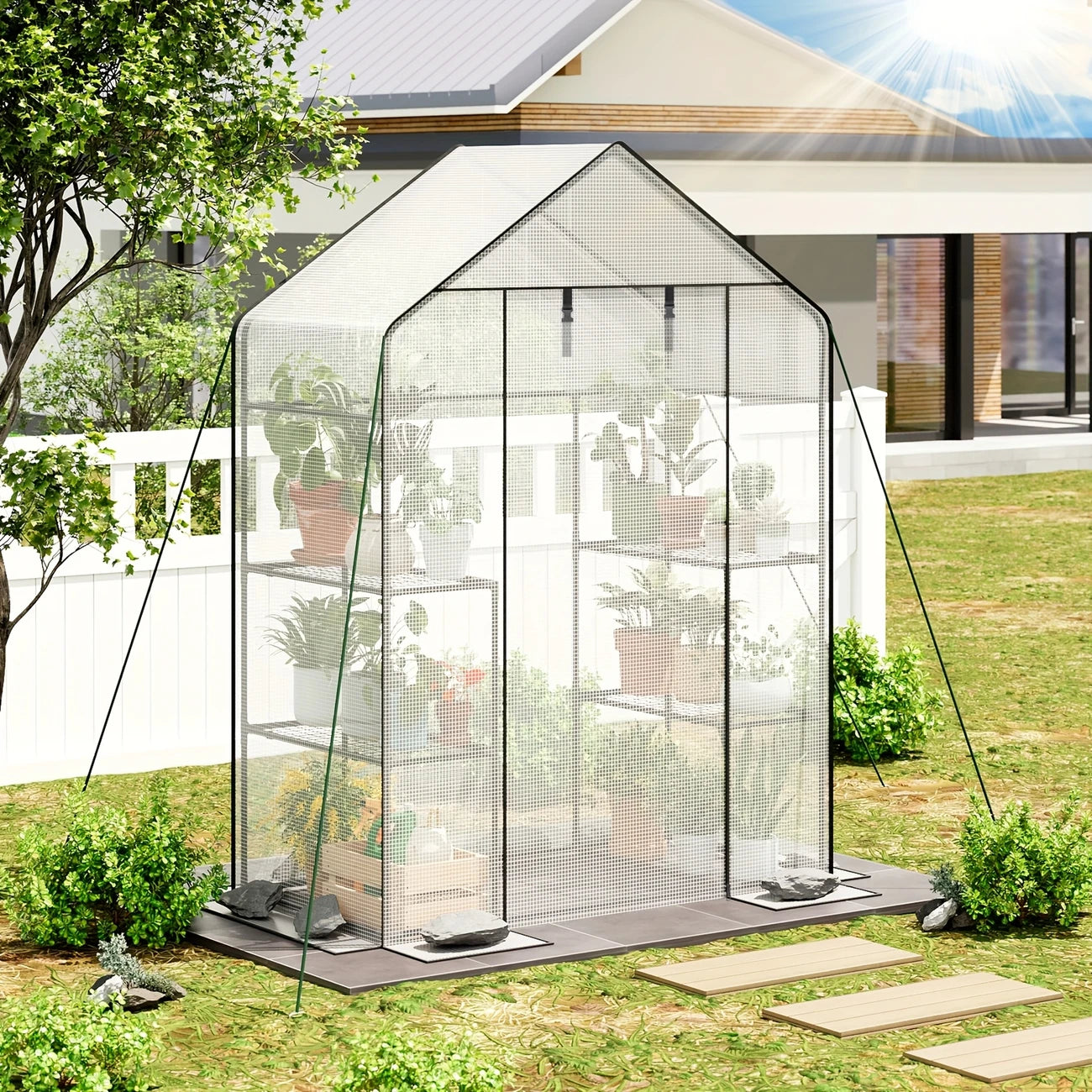
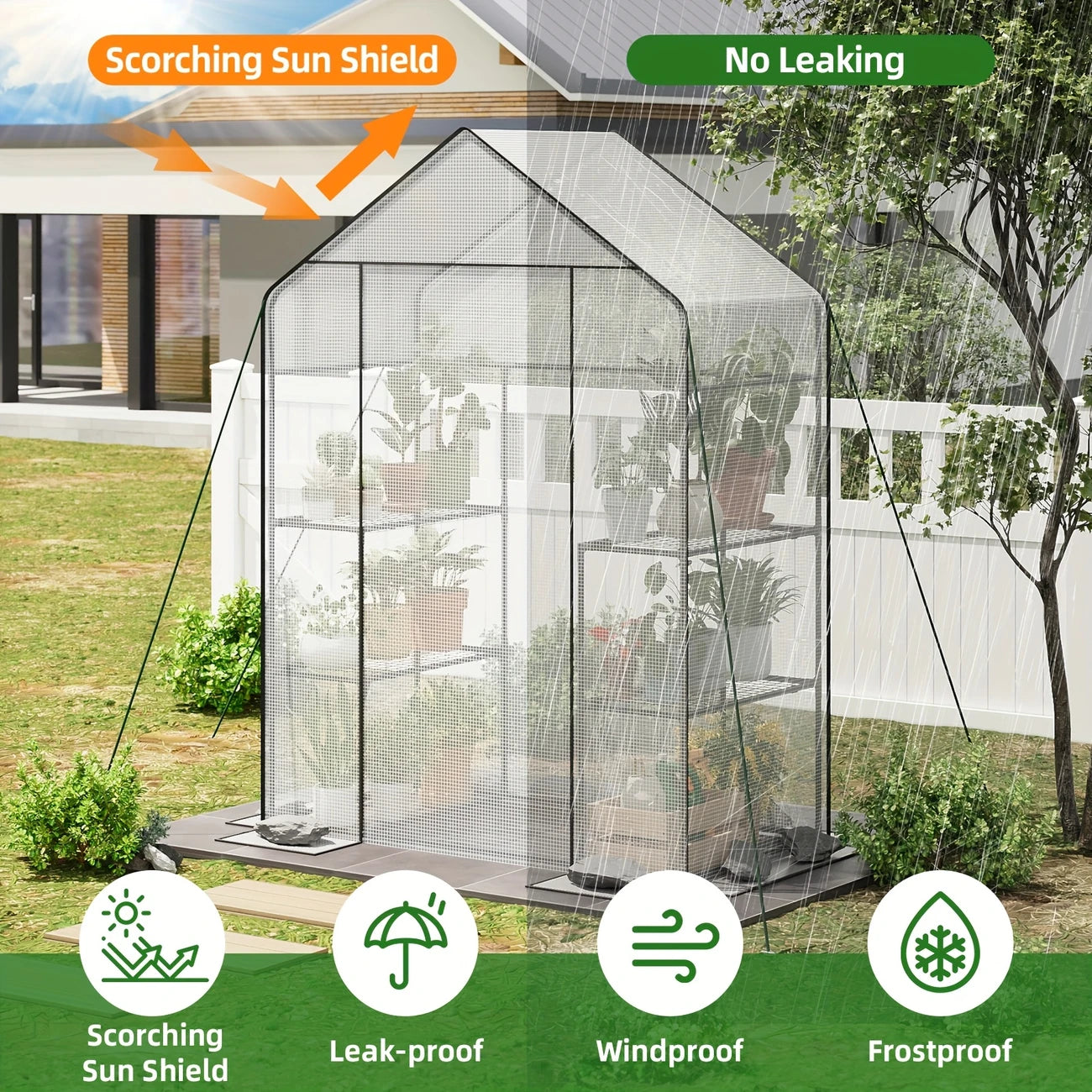
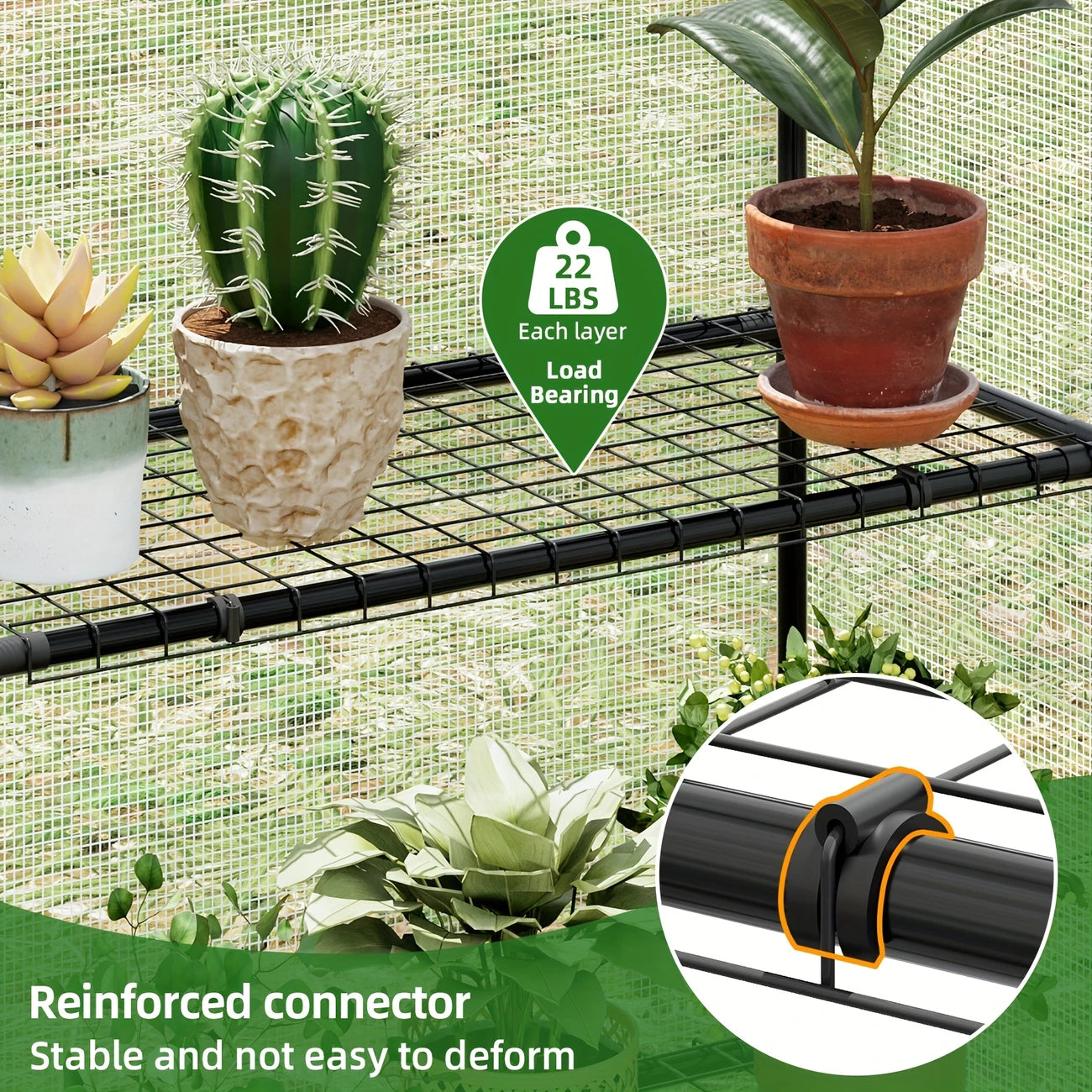
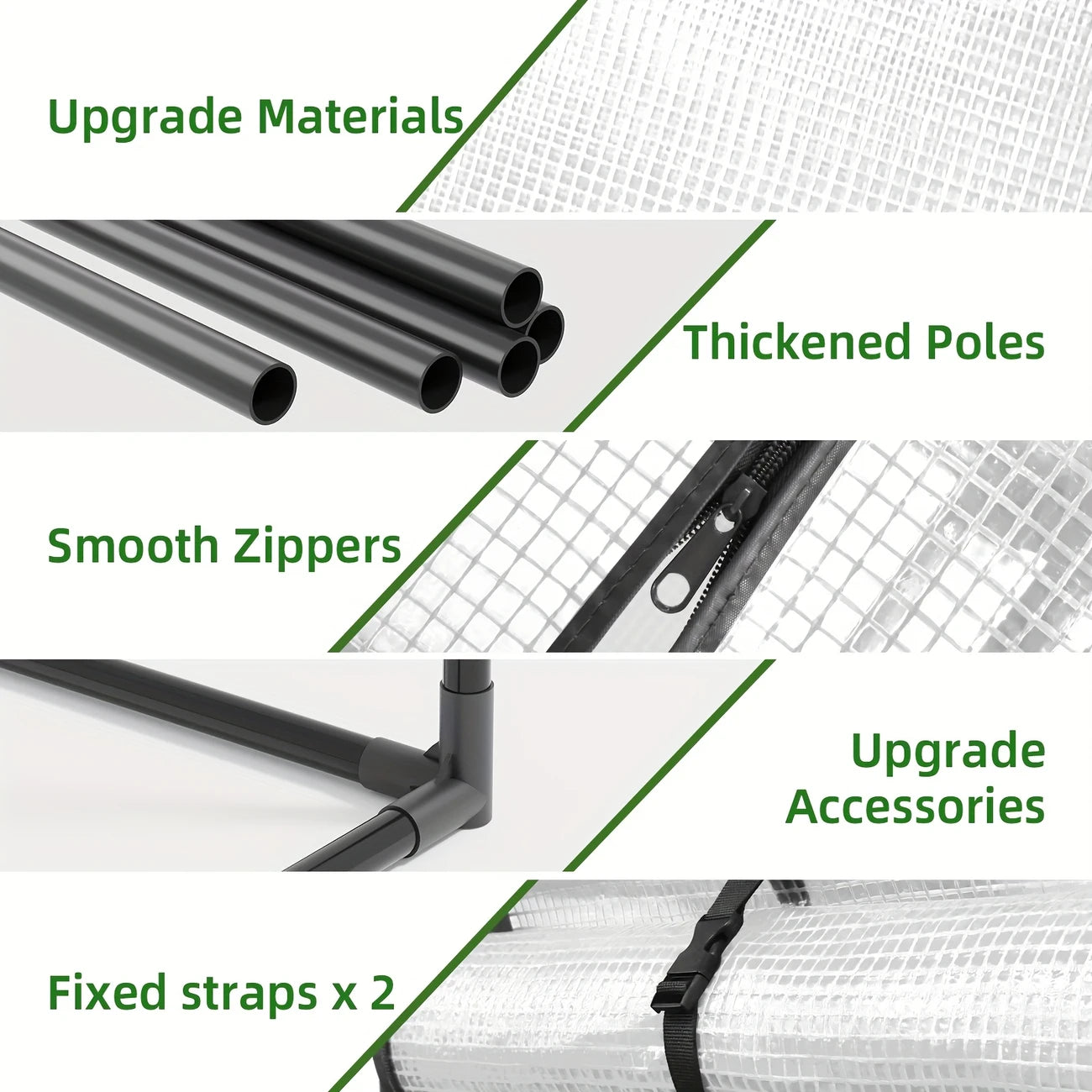
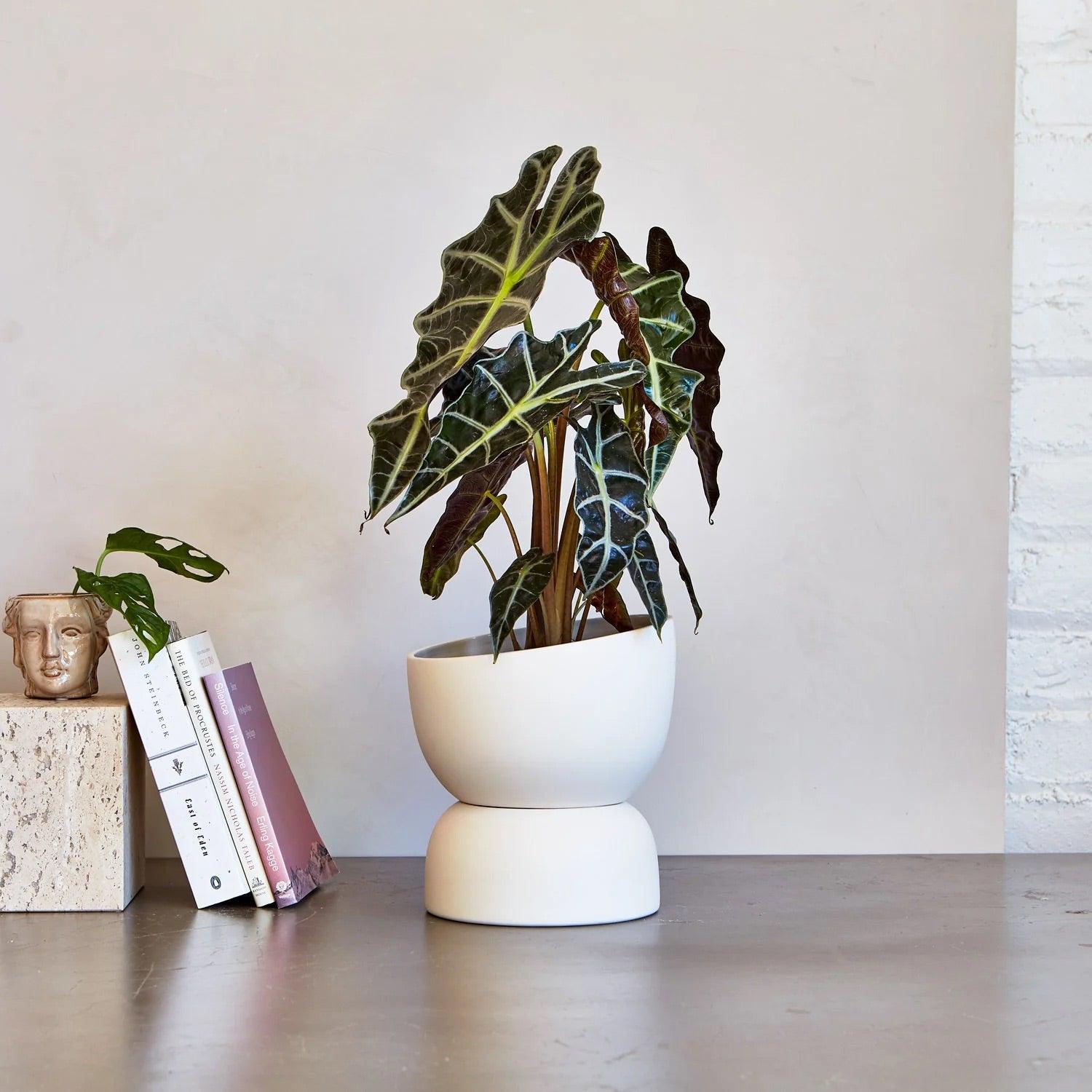
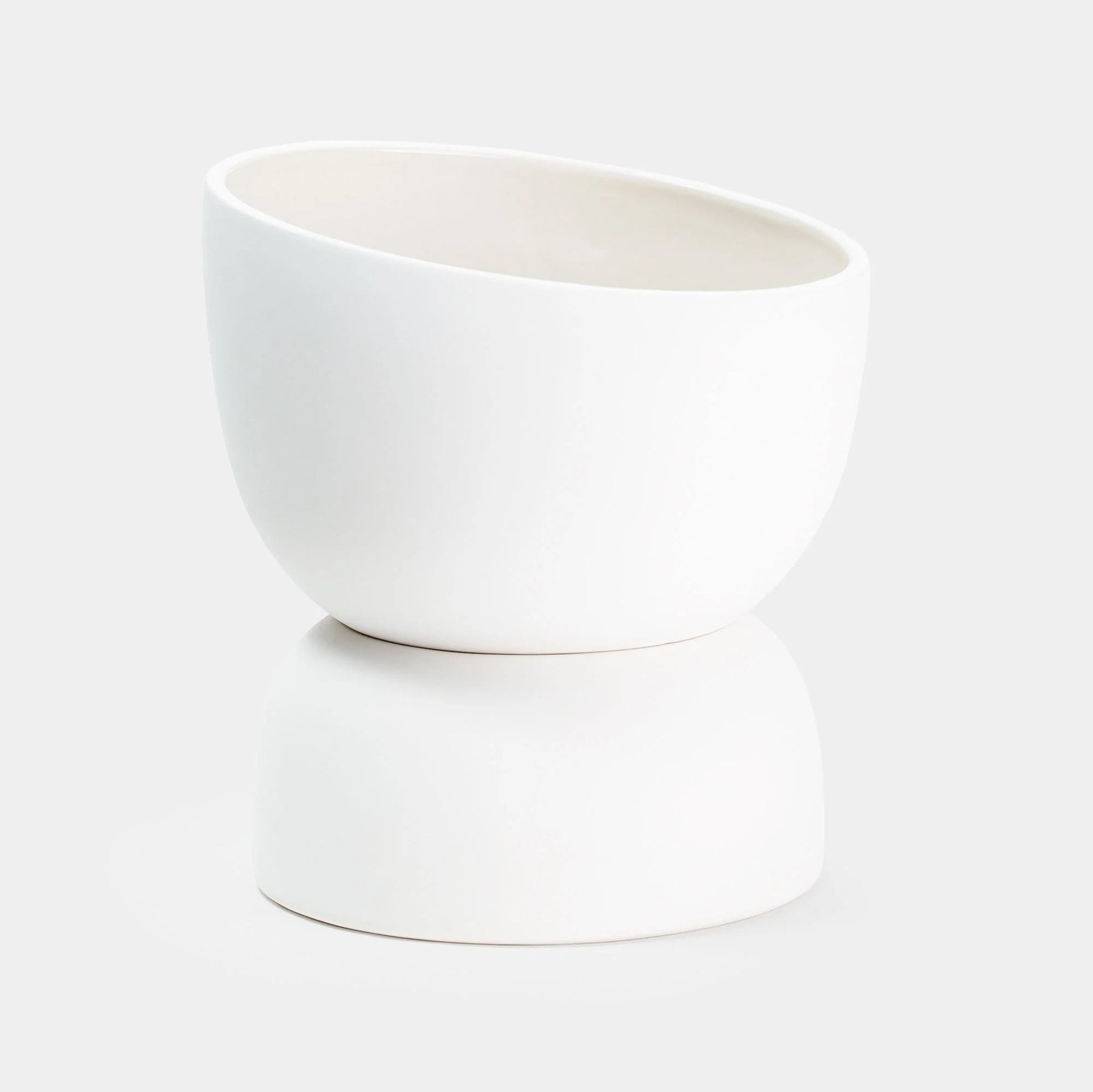

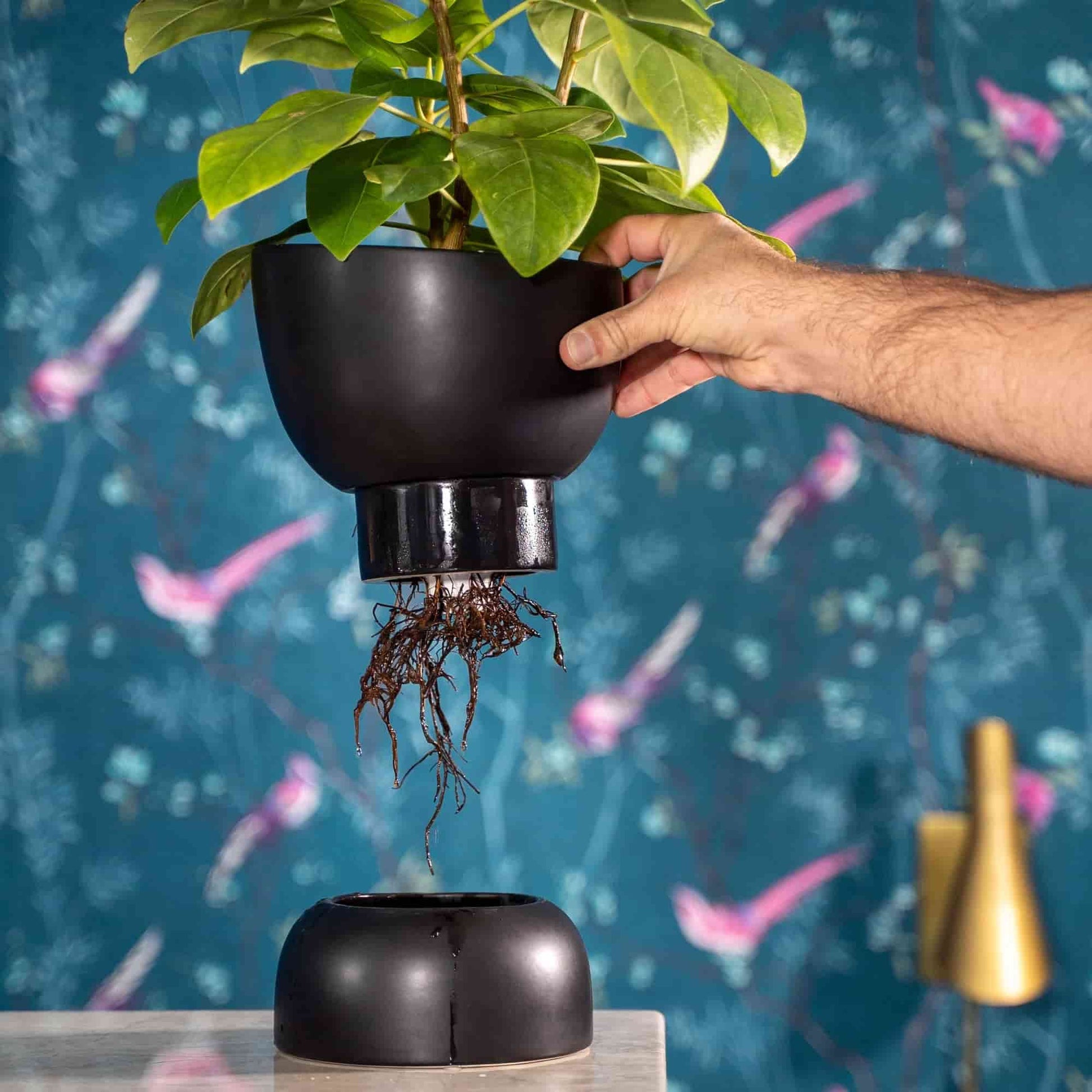




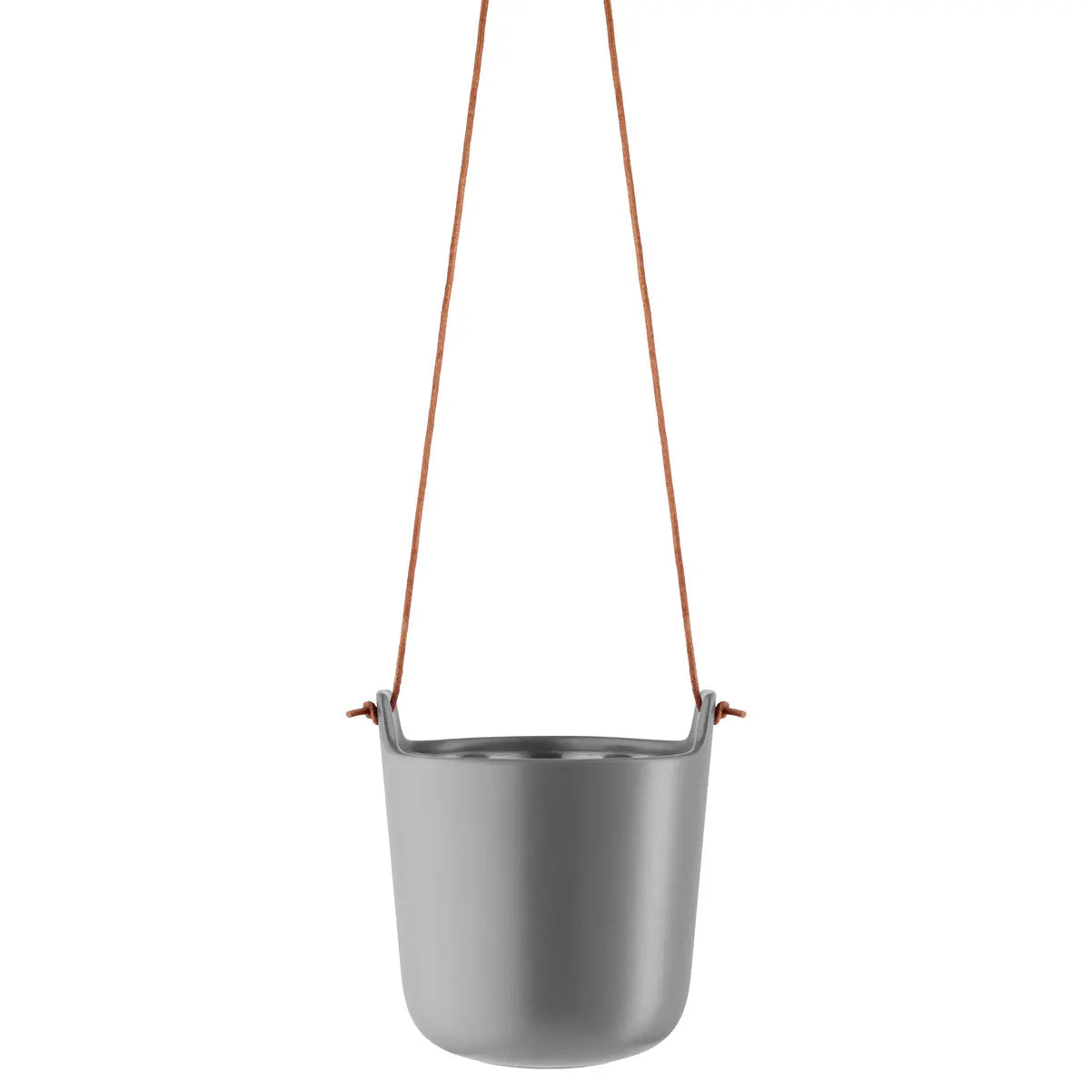

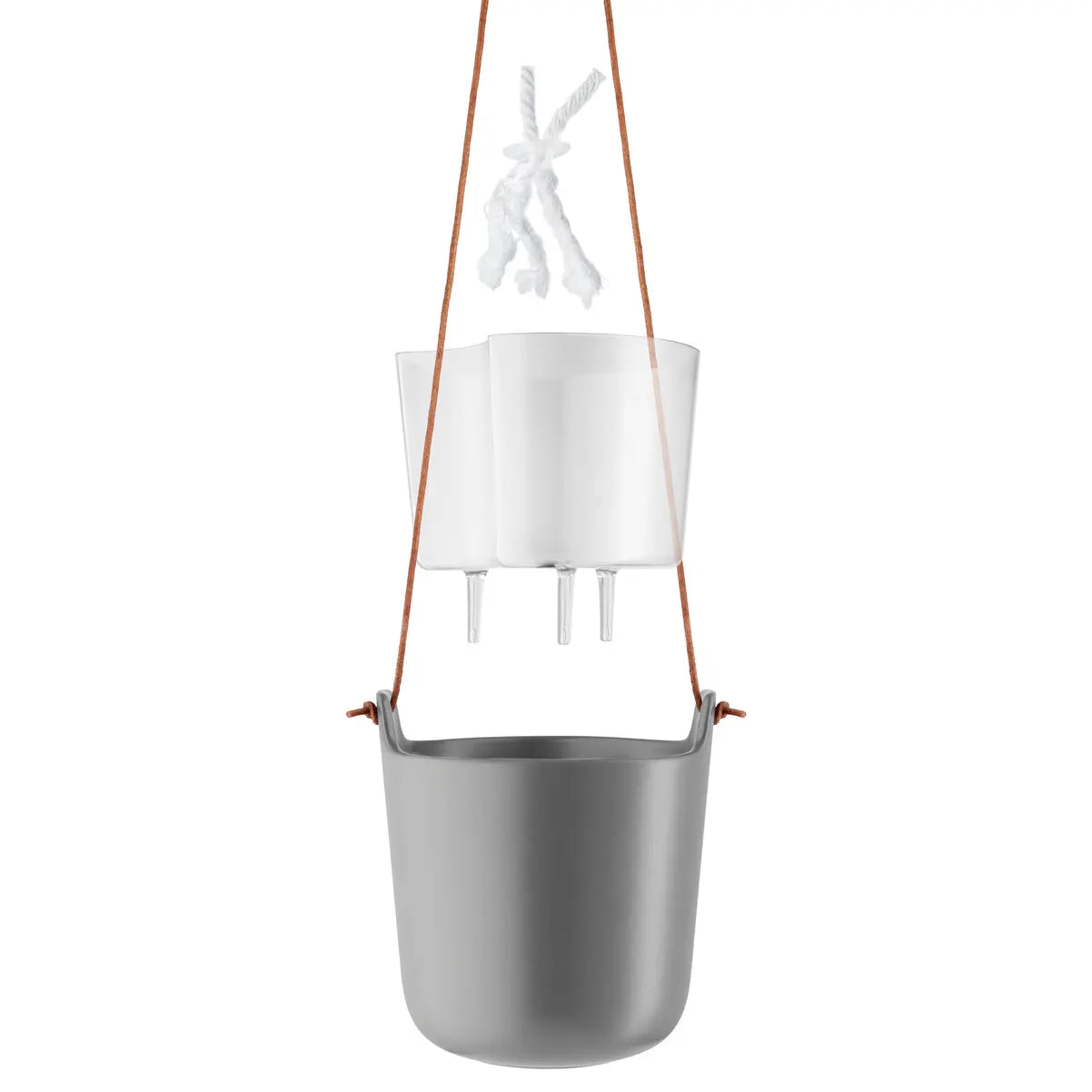
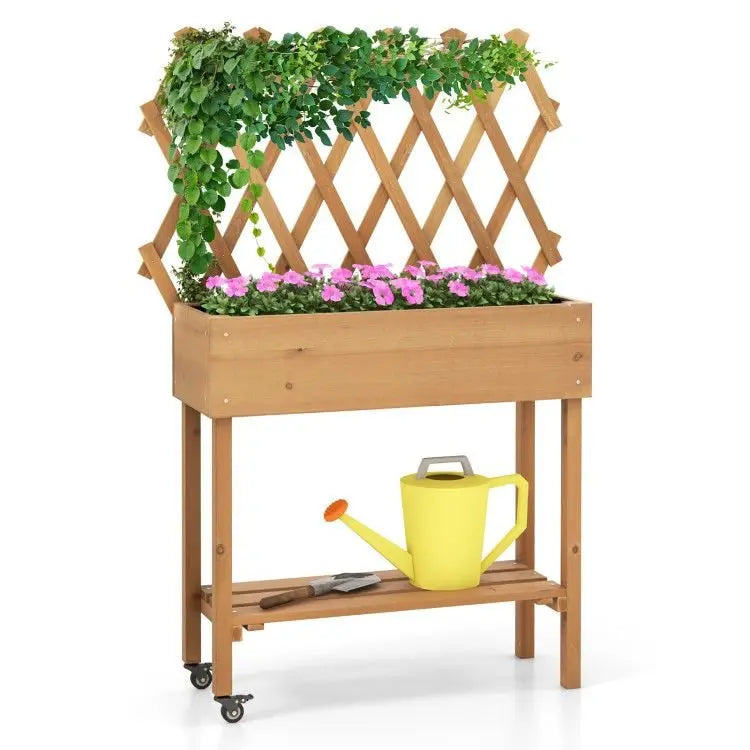
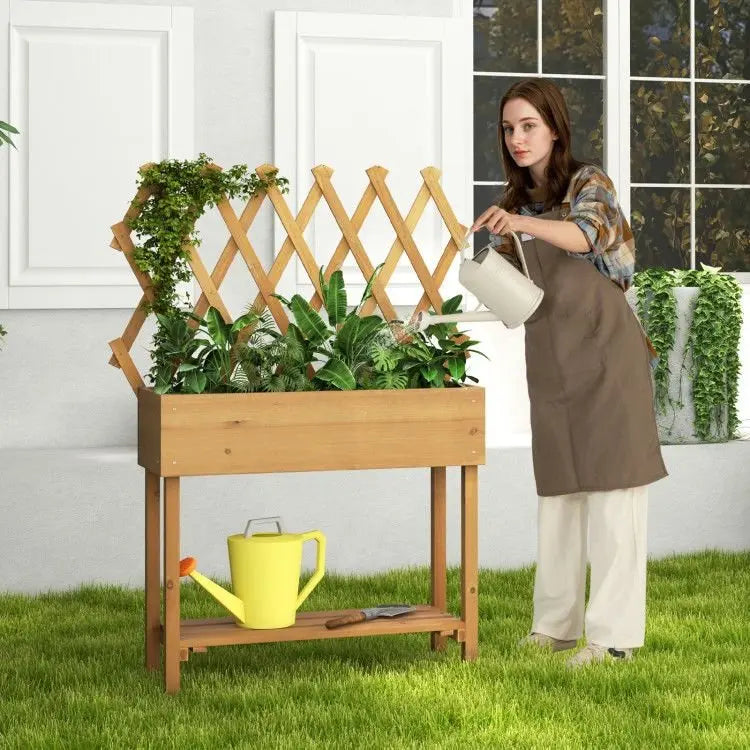
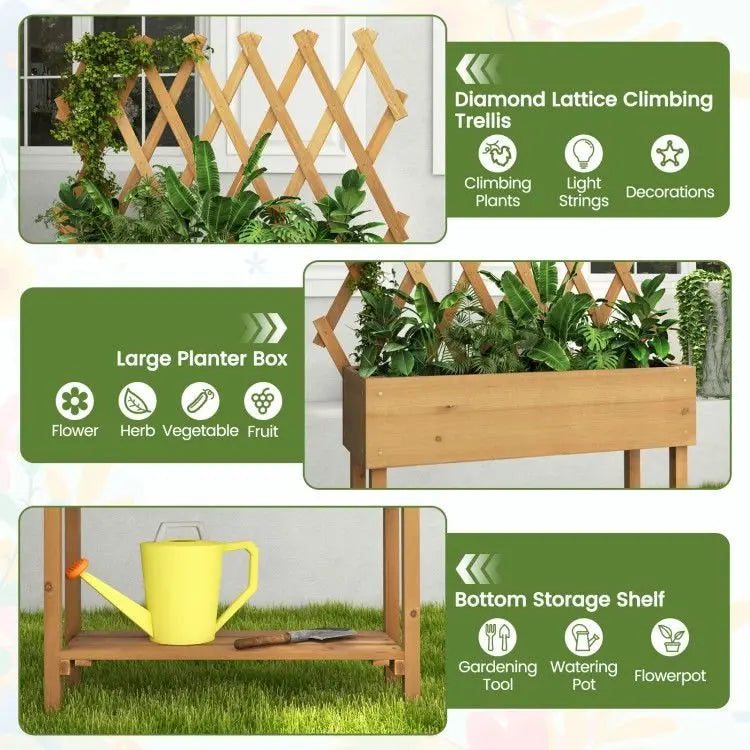
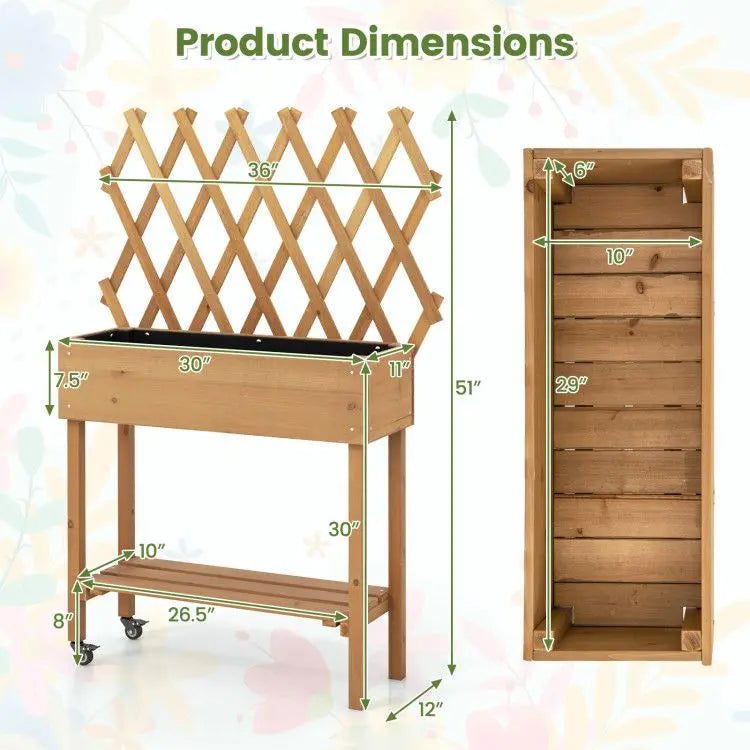
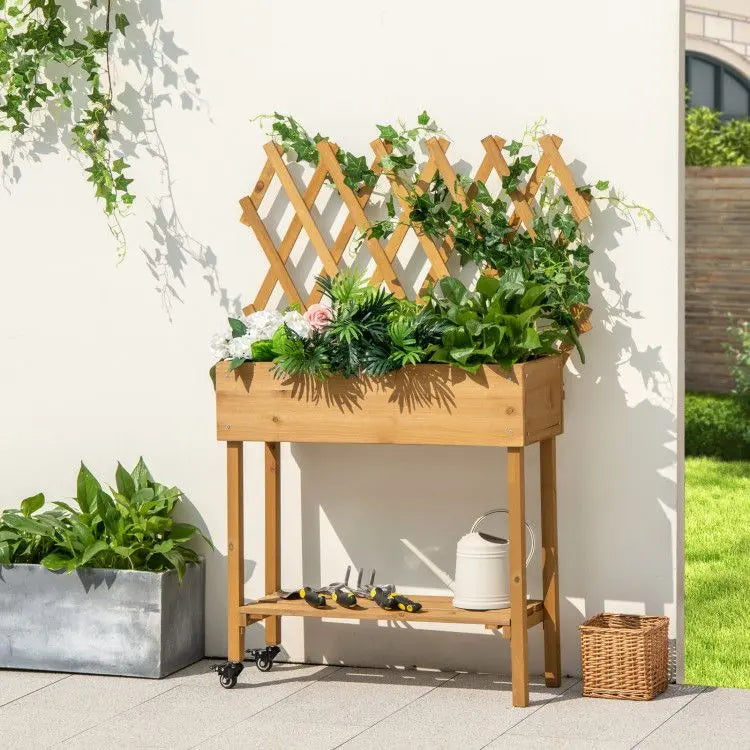
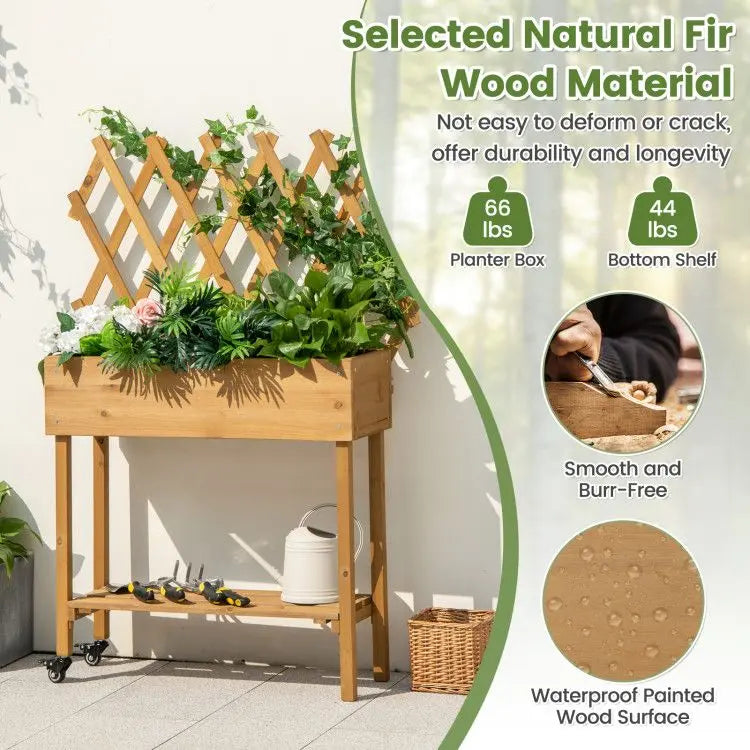
0 comments